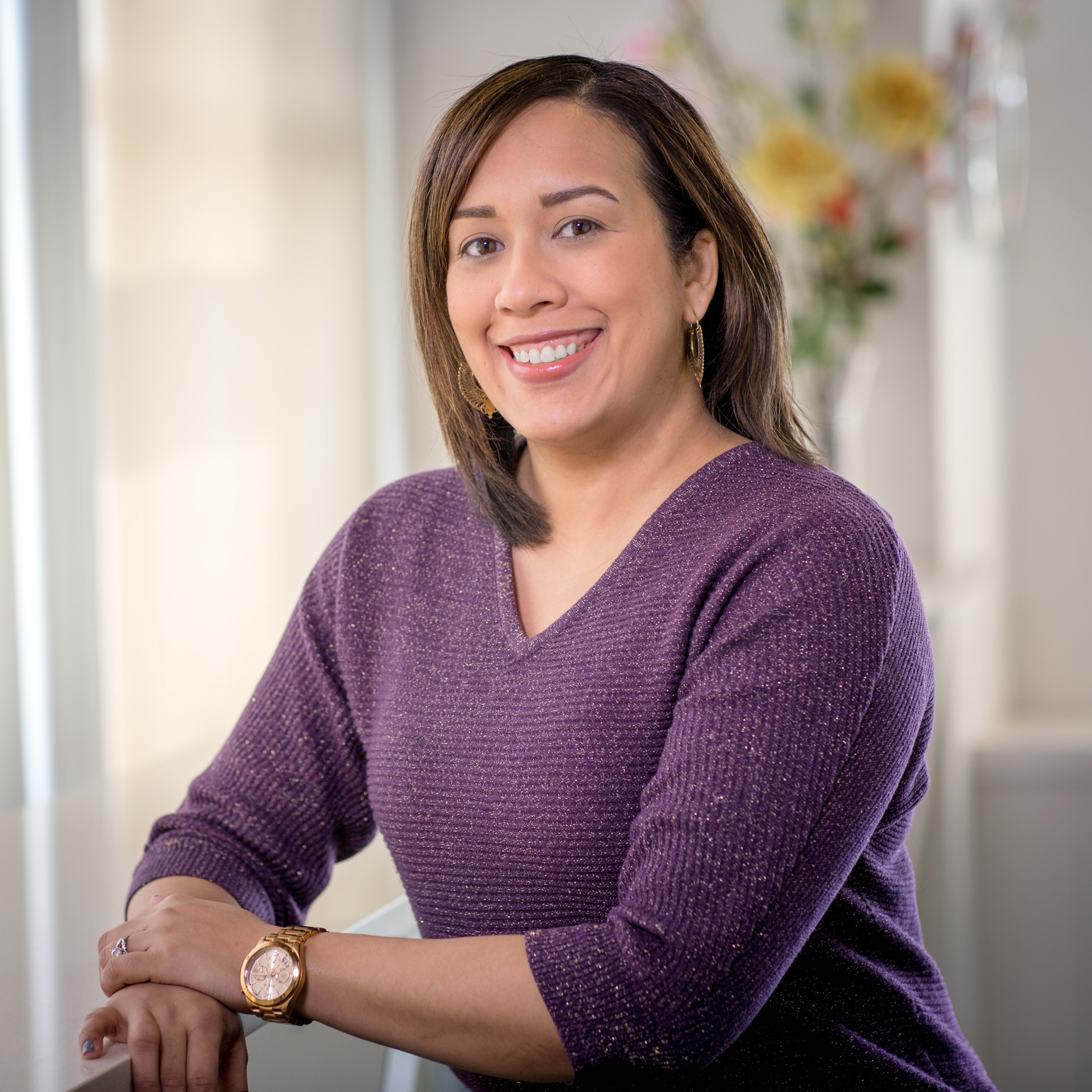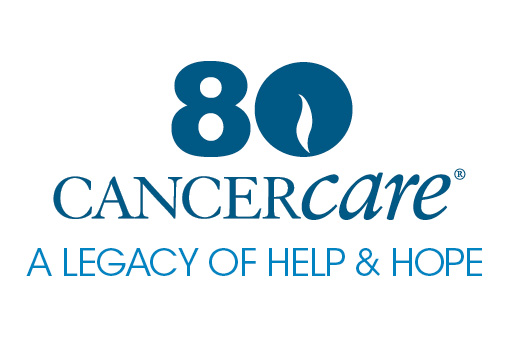Cultural Humility: A Way to Reduce Health Disparities in the BIPOC Community
 Every ethnic and racial group in the country is affected by cancer. While some may say cancer does not discriminate, certain demographic groups bear a disproportionate burden as it relates to incidence, prevalence, mortality, survivorship, outcomes, and other cancer-related measures. These disparities are often due to social, environmental, and economic disadvantages. For those who identify as Black, Indigenous, and People of Color (BIPOC), there are clear health disparities.
Every ethnic and racial group in the country is affected by cancer. While some may say cancer does not discriminate, certain demographic groups bear a disproportionate burden as it relates to incidence, prevalence, mortality, survivorship, outcomes, and other cancer-related measures. These disparities are often due to social, environmental, and economic disadvantages. For those who identify as Black, Indigenous, and People of Color (BIPOC), there are clear health disparities.
Cancer Health Disparities
Although cancer incidence and mortality overall are declining in all population groups in the United States, certain groups continue to be at increased risk of developing or dying from particular cancers.
Statistics from the National Cancer Institute (NCI) Surveillance, Epidemiology, and End Results (SEER) program demonstrate key cancer disparities in the United States:
- Blacks/African Americans have higher death rates than all other racial or ethnic groups for many, though not all, cancer types.
- Despite having similar rates of breast cancer, Black/African American women are more likely than White women to die of the disease.
- Black/African American men are twice as likely as White men to die of prostate cancer and continue to have the highest prostate cancer mortality among all US population groups.
- American Indians/Alaska Natives have higher death rates from kidney cancer than any other racial or ethnic group.
- American Indians/Alaska Natives have the highest rates of liver and intrahepatic bile duct cancer. 1
Various factors contribute to these clear disparities, including social determinants of health. For the BIPOC community in particular, cancer health disparities manifest in many different ways across the healthcare system — from the structure of systems and organizations down to the medical team and providers. Many in the BIPOC community struggle with being underinsured and have difficulty accessing care, contributing to the disproportionate challenges they face. Disparities in the healthcare system is a major issue; one too big for any single person to dismantle. Broader cultural conversations are drawing more attention to the inequities that some patients face. Cultural humility is a way to address and ultimately reduce health disparities at the level of the medical team and provider.
The Lens of Cultural Humility
Current cultural conversations are drawing more attention to the existence of healthcare disparities, especially those rooted in racial discrimination, and ways to create more equitable systems. The lens of cultural humility calls us to be open to aspects of a person’s cultural identity that differ from one’s own. It centers on the role of beliefs, values, traditions, and ideas and how they influence the decisions patients wish to make. As a healthcare professional, being culturally humble involves critical self-reflection. Cultural humility builds upon previous movements in cross-cultural understanding.
Cultural awareness promotes an understanding of how culture shapes thoughts, behavior, identity, and interactions, whereas cultural competence highlights the attitudes, knowledge, and skills that enable effective cross cultural practice. These approaches are the foundation of cultural humility which challenges us even further by necessitating an openness to learn from our patients.
Put more simply, cultural awareness acknowledges differences; cultural competency offers strategies to bridge those differences; cultural humility contextualizes these differences within a broader framework for a patient-centered approach.
The Value of Identity
As healthcare professionals, the overarching goal is to help patients achieve the optimal, or best, care. One thing to consider is the many ways one can define best care, particularly as it relates to BIPOC patients and their individual identity. For BIPOC patients specifically, the interplay of their culture, racial, and ethnic backgrounds are vital to who they are and play a substantial role in their attitude toward their cancer experience, their quality-of-life priorities, their interest in clinical trial participation, and overall treatment decisions.
An important factor to remember when having these discussions is that patients may express preferences that are not familiar to you. Cultural or faith-based beliefs, values, and traditions may factor into these reactions or choices. Being open to these discussions with BIPOC patients is especially important. As a healthcare professional, patient visits focus on medical issues, and strict time constraints rarely offer much flexibility. Unfortunately, this does not allow for exploration of the patient’s individual beliefs, values, and traditions. Cultural humility calls for pushing back against these constraints to allow space for each patient’s distinct identity.
Practicing Cultural Humility
Practicing cultural humility does not come with the expectation that one can ever be an expert on all experiences or all identities; in fact, quite the opposite is true. This practice can help make shared decision making a truly collaborative and cooperative experience. Using the word practice reflects a life-long process and commitment to learning. Practicing cultural humility requires us to be critical of our own cultural biases and can cultivate a more empathic approach that values the personal wishes of patients as much as the medical standards of care.
Topics of particular relevance for BIPOC patients that may be worth further exploring as they relate to decision making are family dynamics and gender roles, as they relate to the role of caregiver; shame and stigma; body autonomy, as it relates to surgery, reconstruction, stem cell transplants, transfusions, and similar procedures; end-of-life planning and grief and loss, as they relate to rituals of observance and mourning.
Cultural humility requires vulnerability. In many ways, healthcare professionals ask patients to be equally vulnerable by entrusting us with their care. When meeting with BIPOC patients, do your best to create a safe and open environment. Allow for flexibility, and give the patient room to guide the discussion. Be an active listener and take note of what is said and what is left unsaid. Be open to discussing not only the aspects of their care plan but also what is important to them, and remember that questions are a powerful tool in the pursuit of understanding.
Angelique Caba is senior director of social work at CancerCare.
Caba A. Cultural humility: A way to reduce health disparities in the BIPOC community. Oncol Nurse Advis. Published online February 3, 2021. © Republished with permission from Haymarket Media Inc. All rights reserved.
